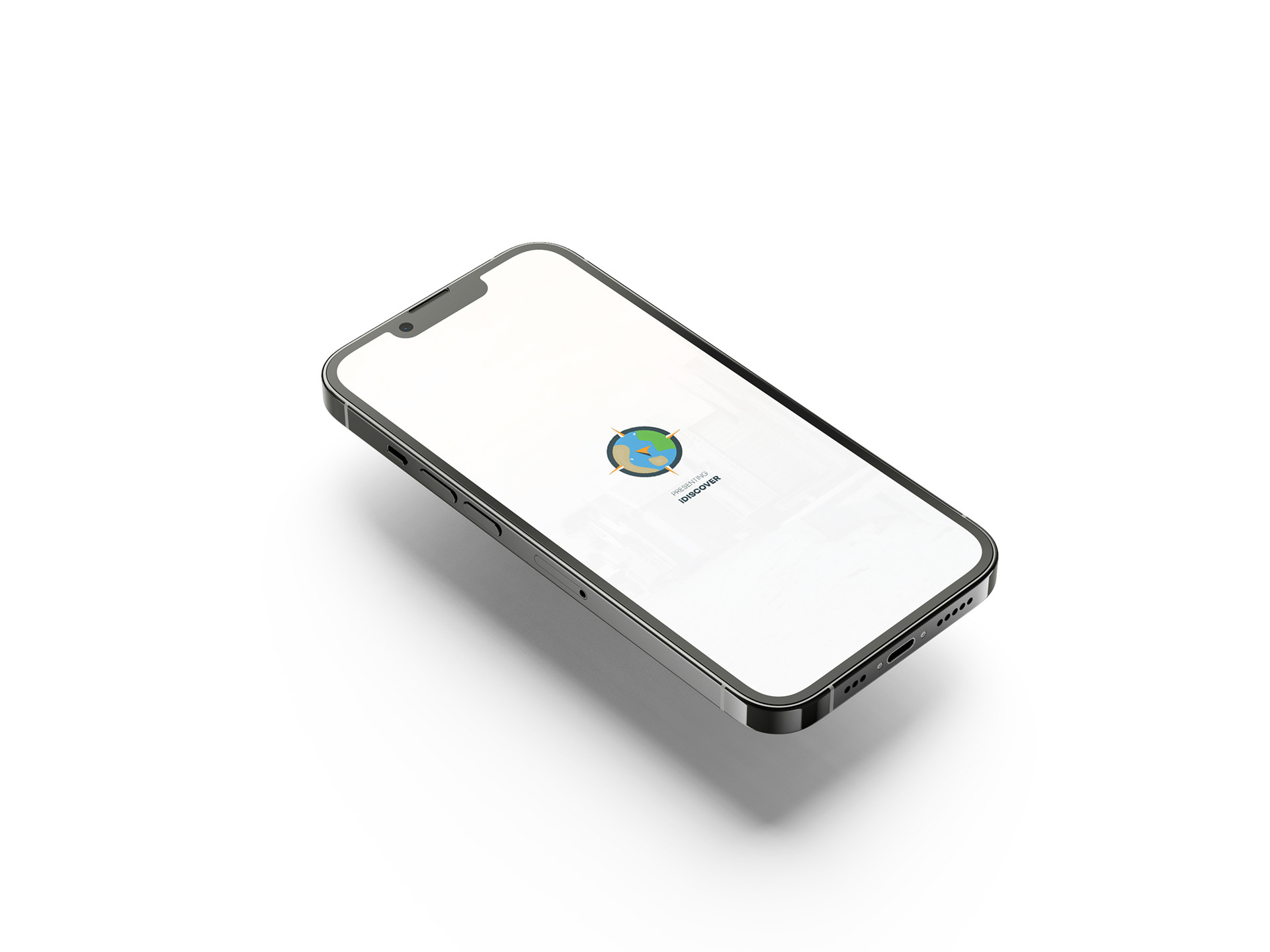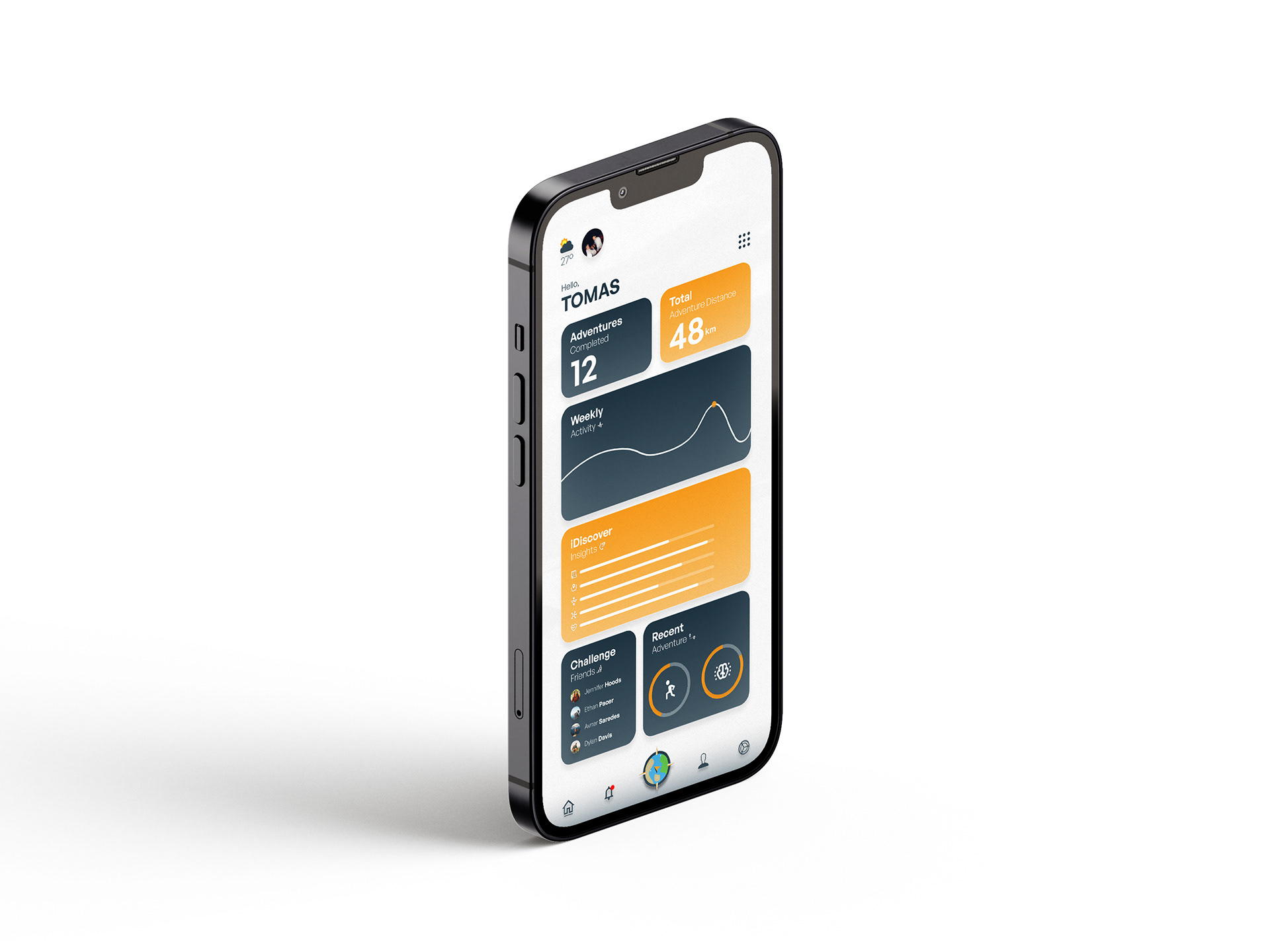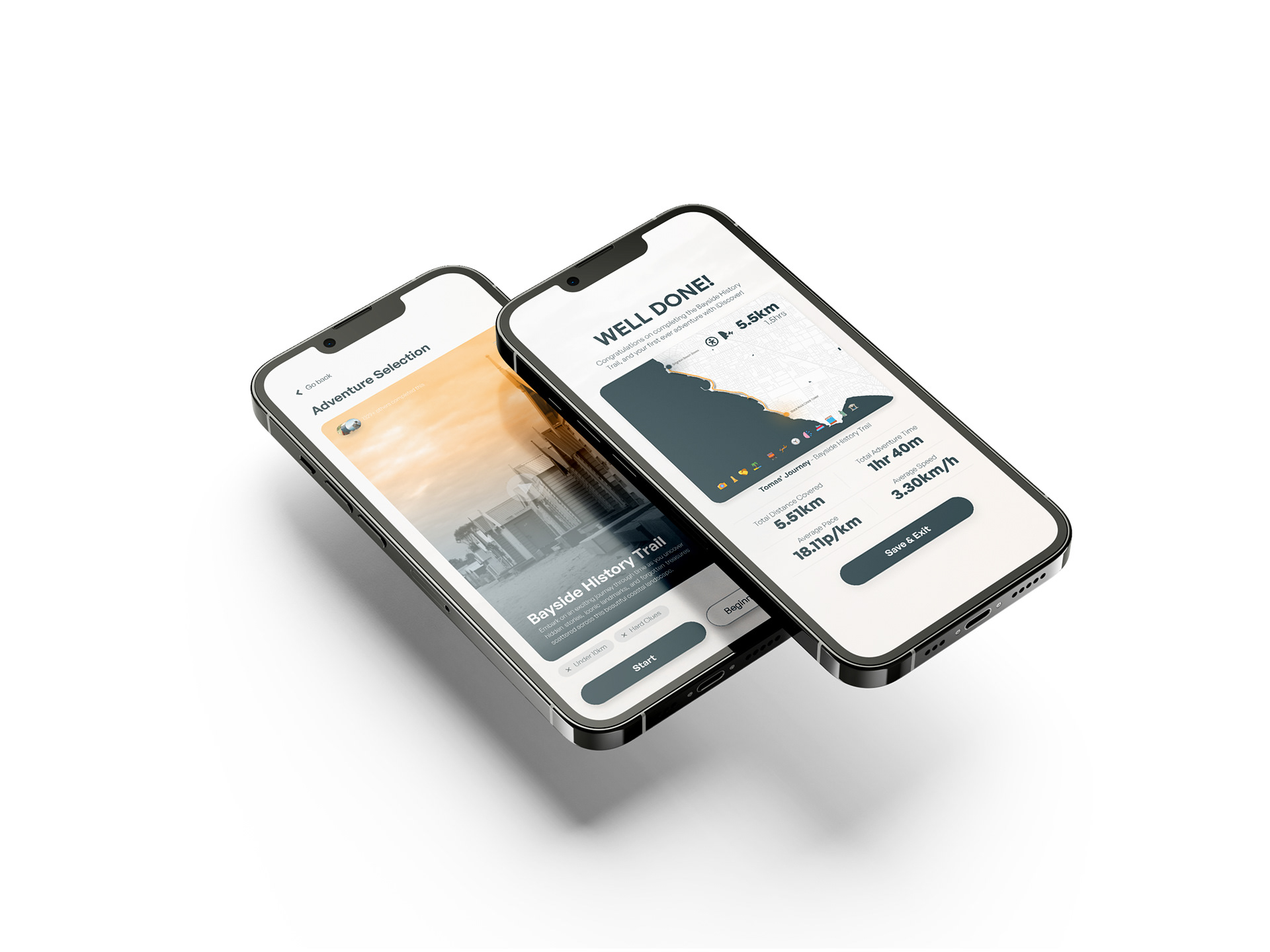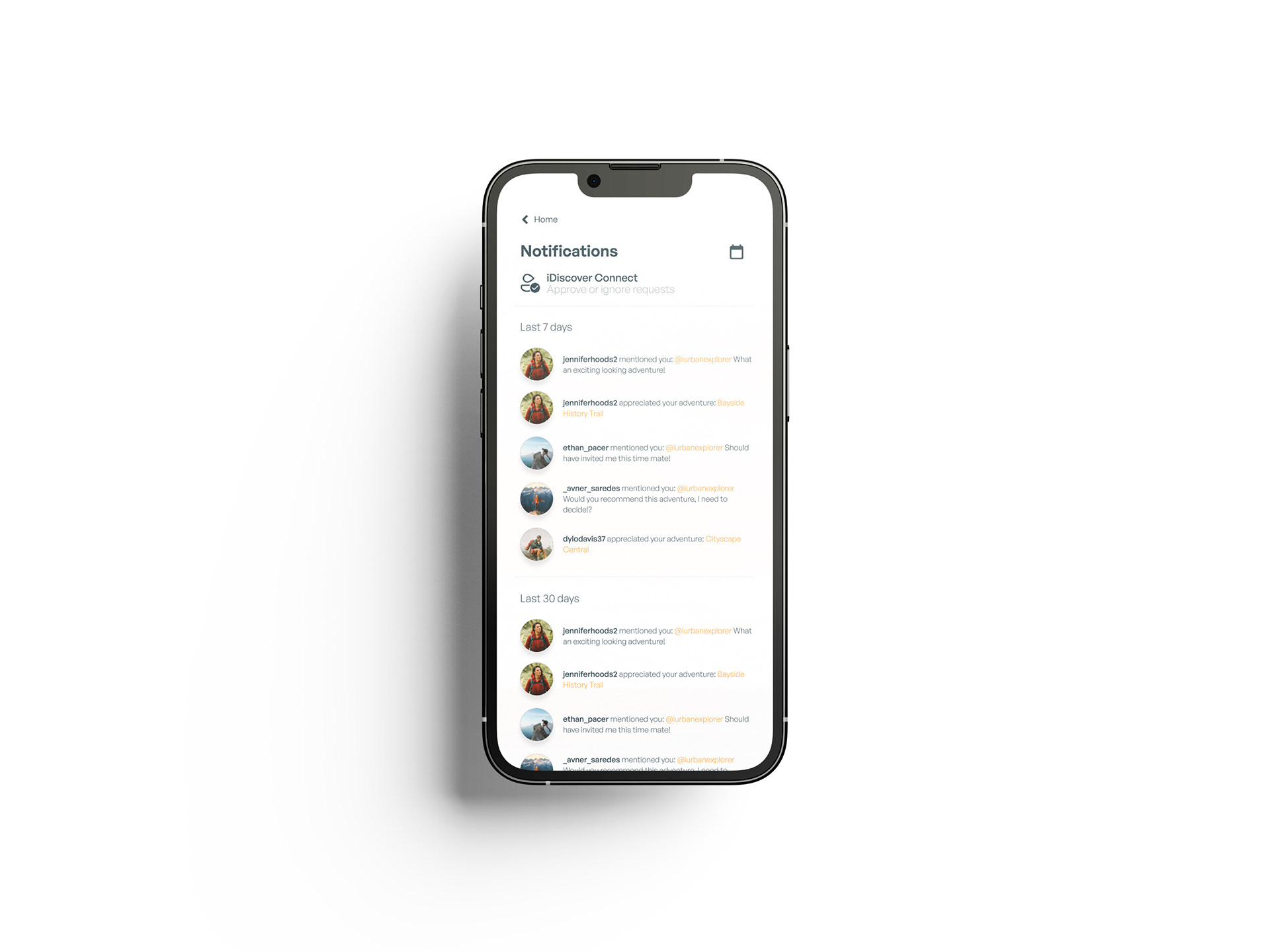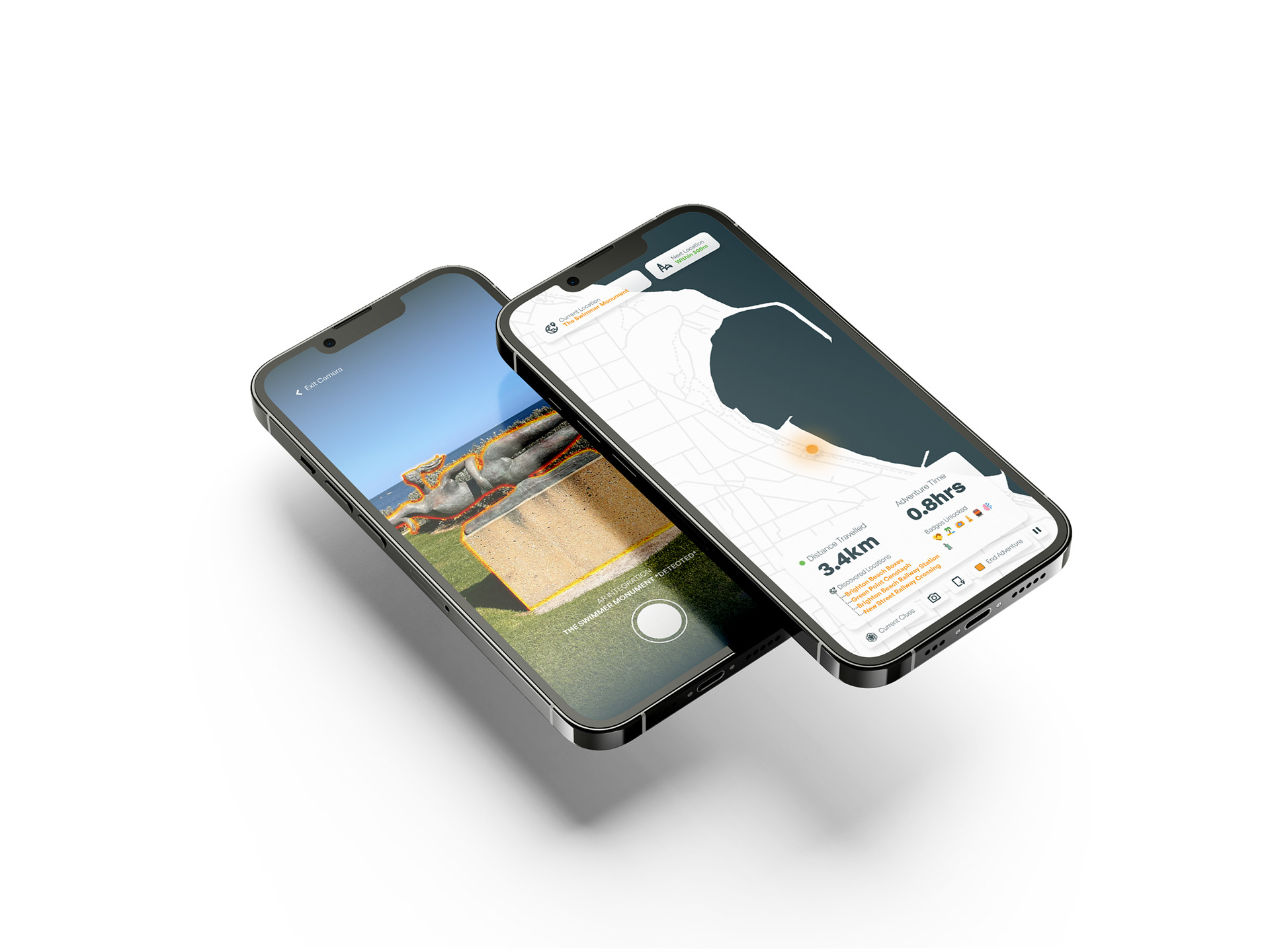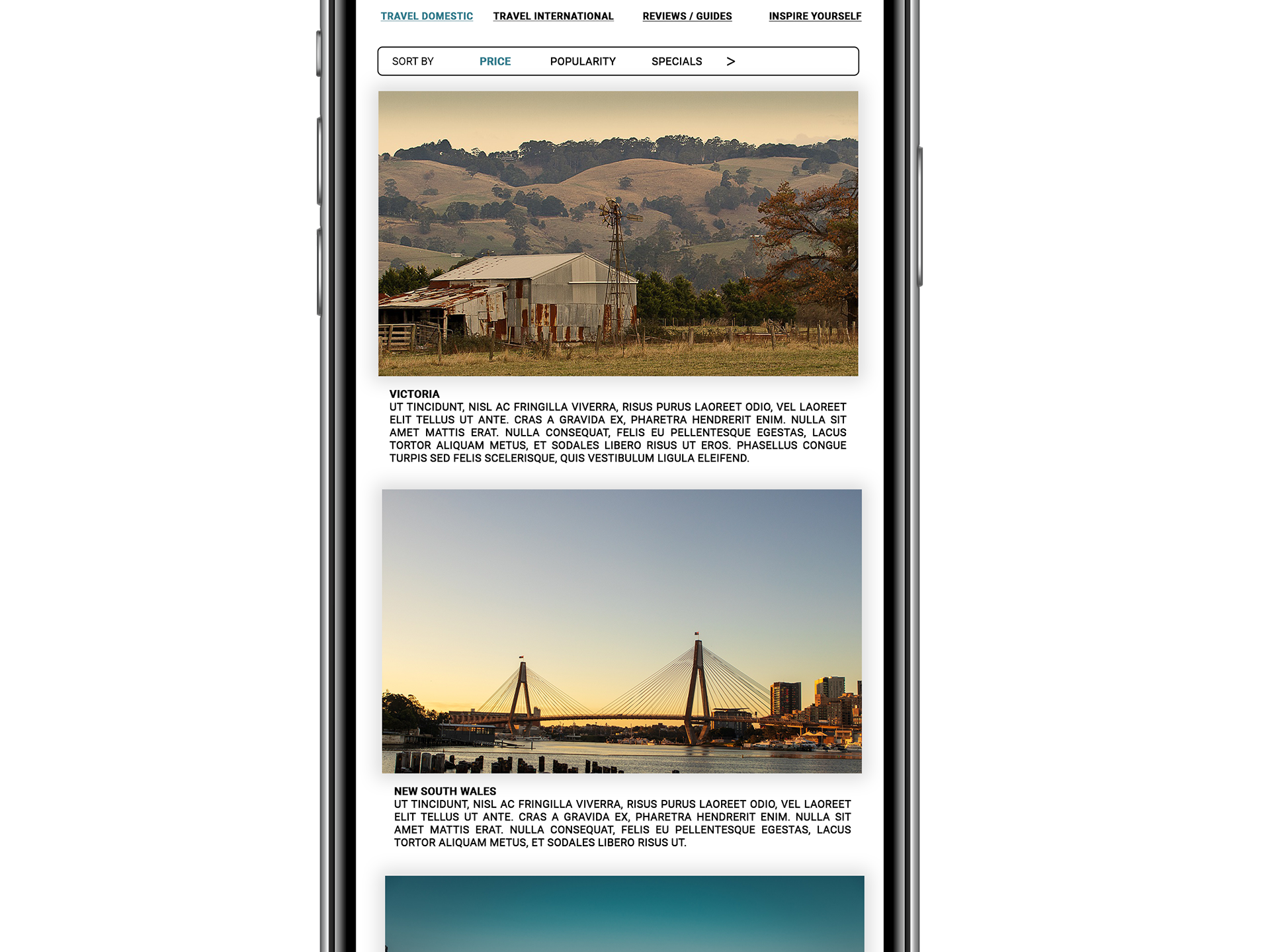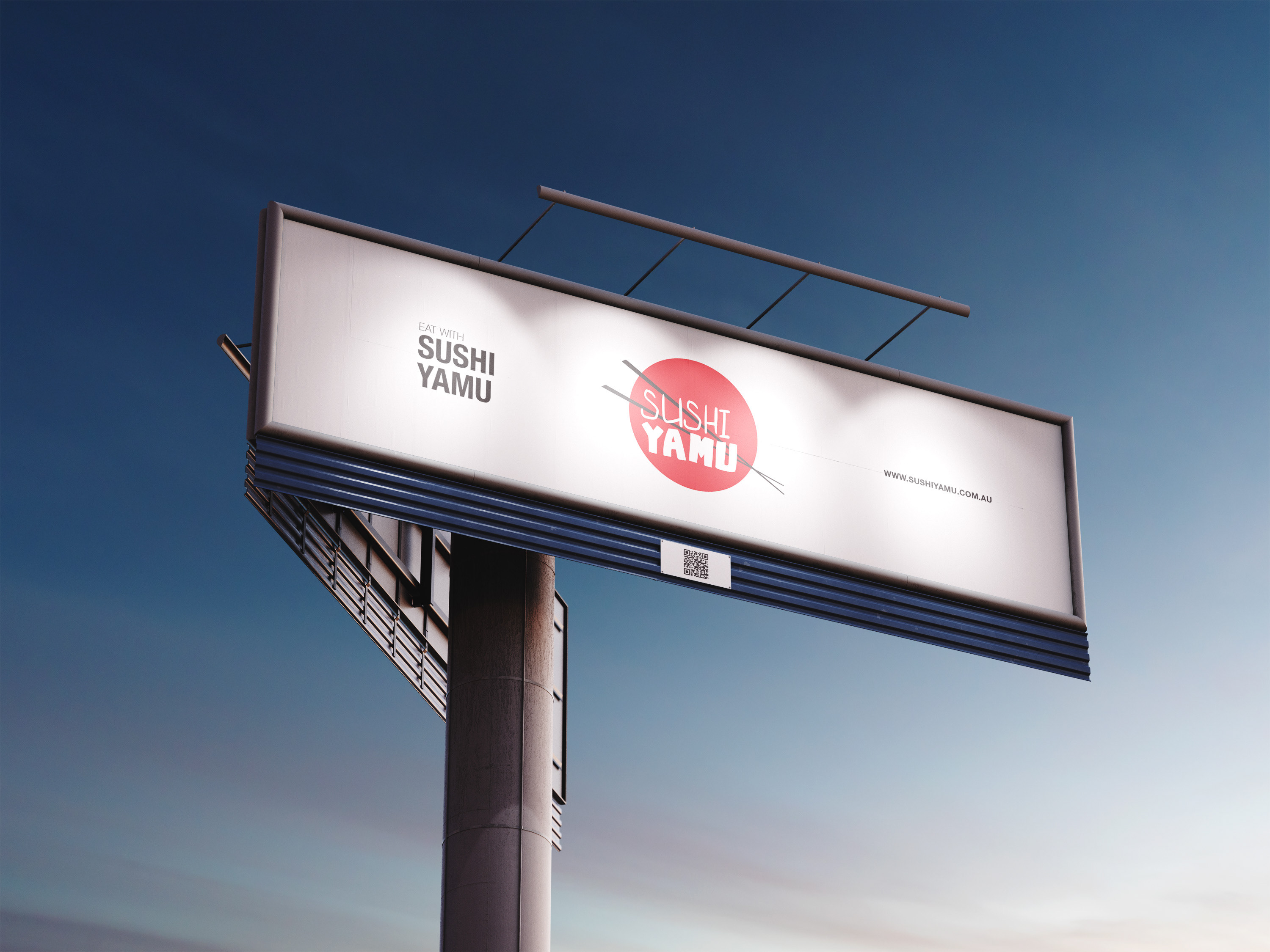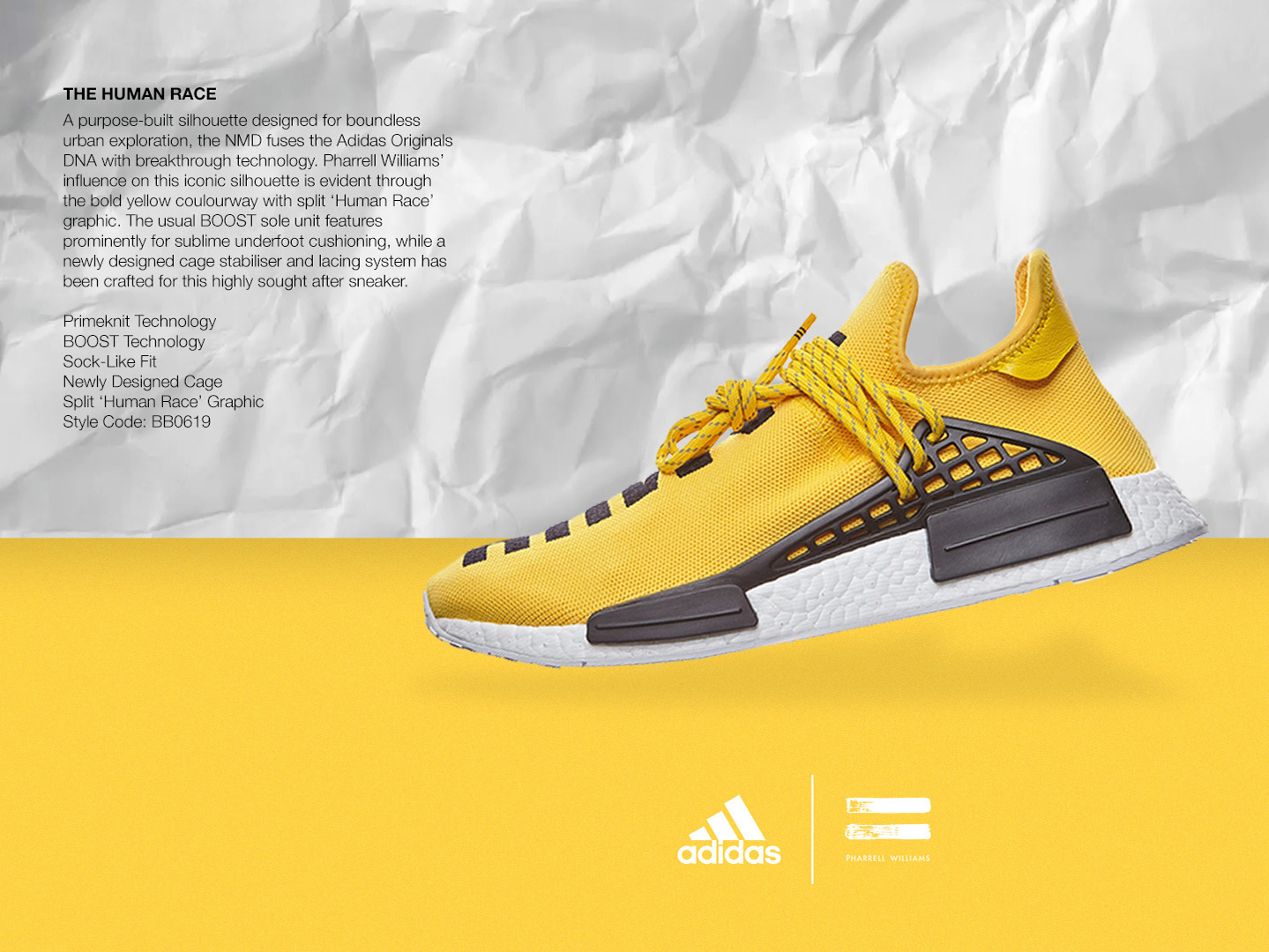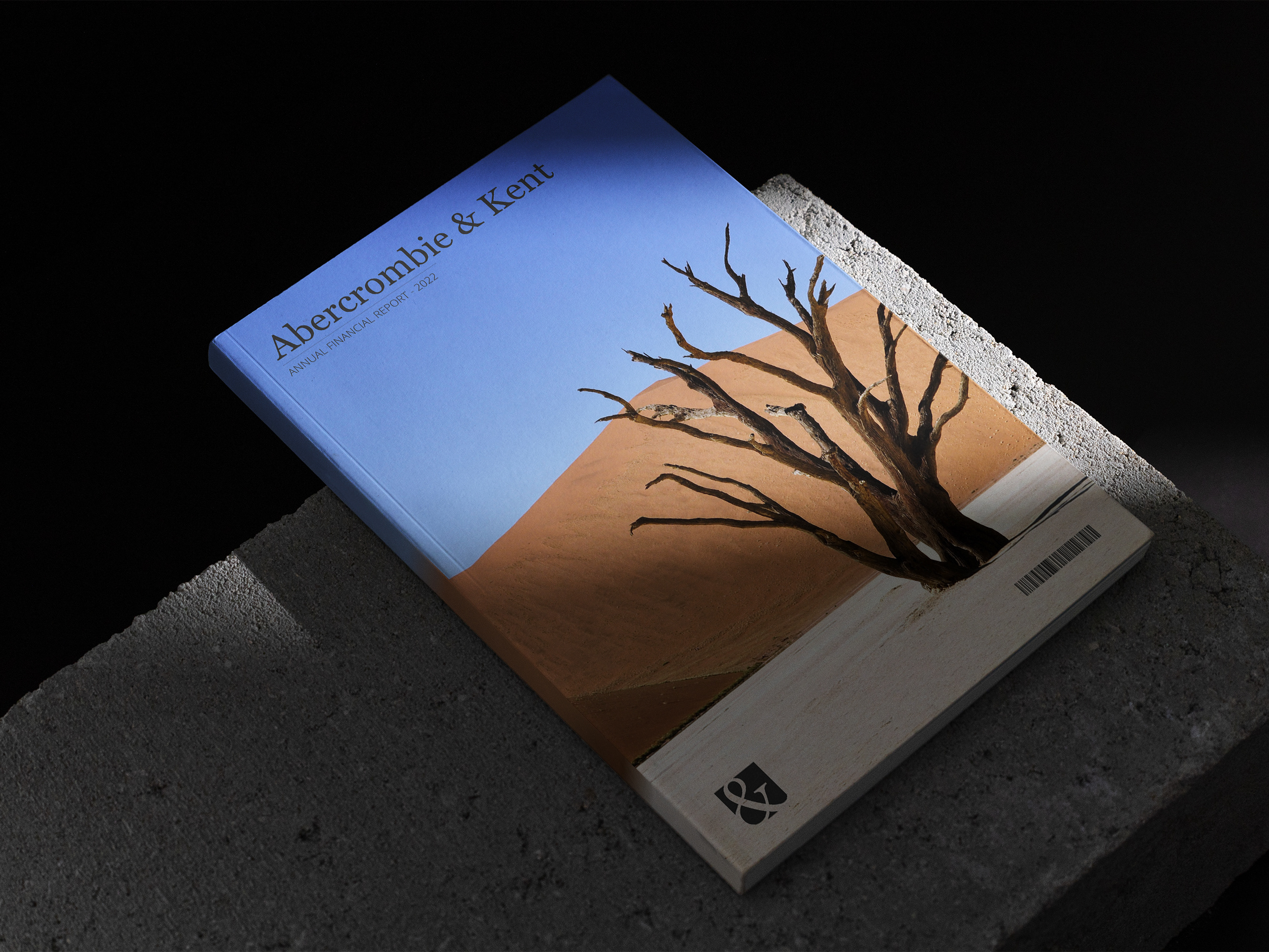The iDiscover project and application was an endeavour aimed at creating an engaging mobile application for users to explore their local surroundings while unraveling hidden historical gems. With a strong focus on user-centric design, this case study provides a condensed overview of the project's journey, from inception to the final product, outlining its primary objectives, challenges, and accomplishments. The core objectives of the iDiscover Adventure App Project revolved around delivering an accessible and captivating experience for a diverse audience. The project strived to seamlessly blend outdoor exploration and historical discovery through interactive narratives and augmented reality (AR) elements. With a commitment to user-friendliness, it sought to cater to both seasoned tech enthusiasts and newcomers through an intuitive design.
To enhance inclusivity and accommodate users with varying needs, accessibility features were integrated into the application. Notable challenges included usability concerns such as button sizes, the absence of a pause feature during adventures, and onboarding processes for new users. The solutions included button redesign, the introduction of pause features, and the creation of a beginner's adventure mode. The iDiscover project yielded extremely positive results, with users reporting a captivating experience. The application's integration of accessibility features ensured that a broader audience could engage with it. Design refinements significantly enhanced the app's overall usability, reducing user frustrations.
In conclusion, the iDiscover project and application was a testament to the successful development of a user-centric mobile application that seamlessly combines history, exploration, and outdoor adventure.
Interactive prototypes for this project can be found here https://www.figma.com/@schuller
